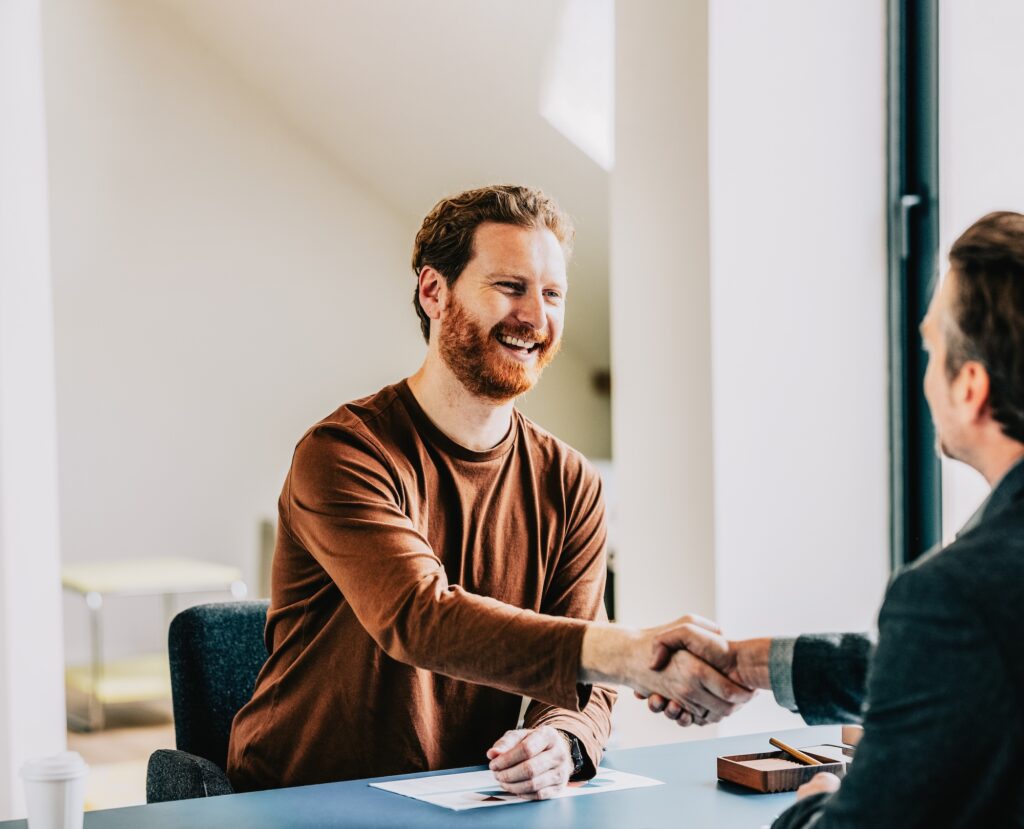Choosing the right commercial window or door can be complicated. With so many options out there, how do you know what’s best for your business? We’ve put together a guide to the most popular commercial windows and doors to help you make your selection.
The Different Types of Windows for Commercial Buildings
Aluminum windows Aluminum windows have aluminum frames around single or multiple panes of glass. They are strong and are often used for large window openings. They are known for their durability and long useful life, as well as being easy to maintain. Vinyl windows Vinyl windows are constructed with vinyl frames around single or multiple panes of glass. They are the most common type of window used in commercial applications, usually because of their economical price point. They are durable, easy to maintain, and the frames can be painted to match any décor. Storefront Glass storefront is most commonly used as a business entrance. It’s made up of a metal framework with glass doors and panes of glass as part of an exterior wall. Usually, storefront is 10 feet tall or less.The Different Types of Doors for Commercial Buildings
Wooden doors Wood doors are made with a thin wood veneer that is fastened around an insulated core made of composite or solid wood. These doors are usually used for interior openings, as the wood skin is not made to withstand water or weather. Steel doors Steel doors are constructed of a polyurethane or polystyrene core with a steel skin surrounding it. They are most commonly used as exterior doors and for openings where security is a concern. They are known for their strength and durability. Aluminum doors Aluminum doors have a plastic insulative core surrounded with aluminum sheets. They are often paired with an aluminum thermal frame for improved energy efficiency. They can be used as exterior doors and are lightweight and easy to maintain. Fiberglass doors Fiberglass doors are constructed with two layers of fiberglass skin on a foam core with a polyurethane frame. They are durable and easy to maintain. Hollow metal doors Hollow metal doors have a steel frame with steel panels on both sides. When paired with a hollow metal frame, they create a fire-rated assembly that can be customized to provide up to two hours of protection. Galvanized steel doors Galvanized steel doors start with a polystyrene or rigid honeycomb core that is covered by carbon steel with a zinc coating. These doors can be factory painted and are best used in corrosive atmospheres.Importance of Windows for Commercial Buildings
Windows play a pivotal role in the design and functionality of commercial buildings, serving not just as aesthetic features but also as crucial elements in building efficiency and comfort. High-quality commercial windows support the structure, control internal heat levels, improve natural light, and prevent glare, all of which can significantly boost employee productivity. The choice of windows, encompassing various types and materials, is a balancing act between enhancing a building’s curb appeal and managing environmental factors like temperature and light. Whether it’s tempered or laminated glass, or the decision between fixed, sliding, or casement windows, each type offers unique benefits and challenges. In commercial architecture, the right windows not only contribute to the building’s energy efficiency but also define its character, making the selection process an integral part of creating a functional and visually appealing commercial space.
What is the most energy efficient commercial window?
Low emissivity, or low-E, windows use a coating on the glass that makes them an energy efficient option for commercial buildings. The coating reduces the transmission of infrared and ultraviolet rays into interior spaces. This keeps these spaces cool, reducing the energy needed to cool the building or space.
What is the difference between residential and commercial windows?
Commercial windows often have larger, thicker frames than residential windows. Also, commercial windows require a higher wind rating, and the hardware is of a higher quality than residential windows.
- commercial windows are built to last much longer than home windows
- different materials – vinyl vs aluminum framing materials for support
- looks – commercial windows have larger glass surface space
- price – residential windows are a lot cheaper
- efficiency – residential windows are more energy efficient
How long do commercial windows last?
With proper installation, care, and maintenance, commercial windows can last from 15-20 years.
Things to consider when choosing a commercial window type
- Select the frame – Each frame material has its pros and cons. For example, steel window frames are the most durable, but they’re also the most expensive. Wood clad aluminum window frames have a wood interior for aesthetic appeal with the durability of aluminum on the exterior. You may want to consult with a designer to help make your selection.
- Tinting – Window tinting can help with energy efficiency, privacy, and sun glare. Low-E is the most commonly used in commercial windows because of its energy saving properties.
- Style and color – There are a few things you’ll want to consider about the look of your windows. First, look at the dimensions of your windows, their width and height. Next, what colors does the window frame material come in? Which one best fits with your building and its style/colors? You’ll also want to consider whether the window frame’s design fits in with the rest of the commercial property.
- Local building codes – Make sure that the windows you’ve selected meet local building code requirements and any architectural requirements imposed by historic districts or business neighborhoods.
What size is a commercial door?
Most commercial doors are 36 inches wide by 80 inches tall.
What are the safest commercial doors?
Metal doors are the best door when security is a concern. They are resistant to fire, natural elements, and break-ins.
How to Choose the Correct Commercial Doors?
Choosing the correct commercial doors is a crucial decision that impacts not only the aesthetics of a building but also its functionality, security, and compliance with safety regulations. When selecting doors for a commercial building, consider some factors.
Things to consider when choosing a commercial door
- Purpose – Know the purpose of the door and how it will be used. For example, is it for a lobby entrance or storefront? Does it need to be appealing to the people walking through it? Is it going to be a customer entry point, or will it just be used between two rooms?
- Maintenance – Commercial doors get a lot of use. Maintenance will be required to keep them working correctly. The amount of maintenance is typically related to wear and tear, so keep this in mind as you select each door.
- Budget – Budget is always a factor. Ask about alternative materials to ensure that you’re getting the most out of your spend.
By carefully considering these aspects, you can choose commercial doors that not only meet your functional needs and budget but also enhance the overall appearance and security of your building.




